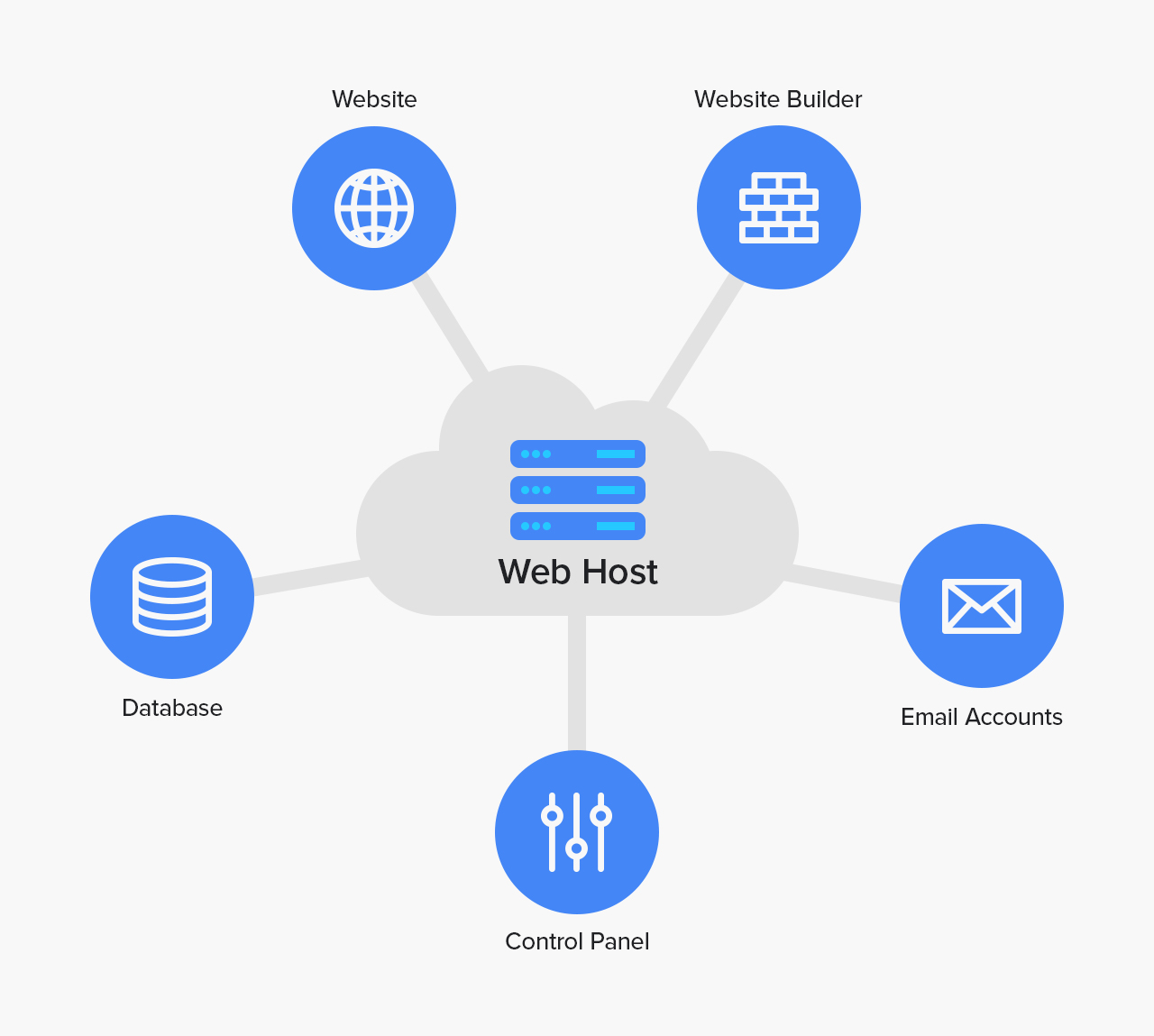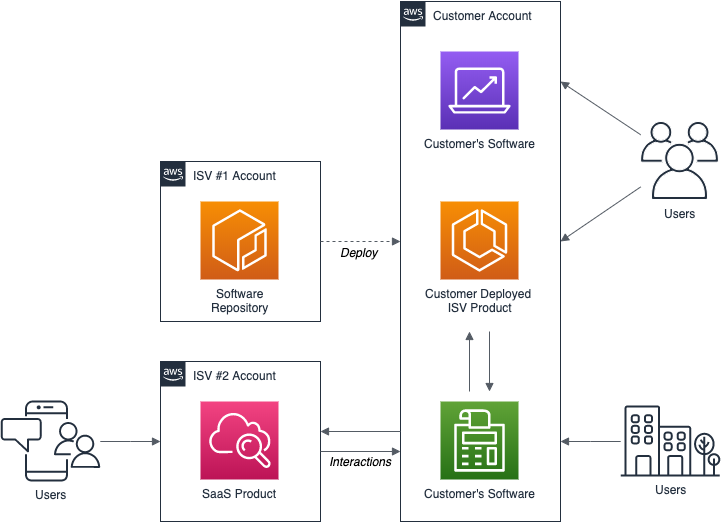
SSL (Secure Sockets Layer SSL) certificates are essential to protecting the privacy of internet users. SSL encryption is used by one third of all websites today. There are many different types of SSLs. Most important of all is a trusted certificate authority certificate. This certificate is the most secure.
SSL encryption is essential for any online business. It will allow you to increase security and speed up your website. A certificate also helps your website stand out from the rest and may improve your SEO ranking. You will have to repair your site if a certificate stops working.
If you have been frequent visitors to a certain website, you may have noticed a pop up message that says "Your Connection Does Not Protect You." This is a very common error, so you will want to address it immediately to avoid losing your connection.

While this error may not always be due to a technical glitch, it's usually a signal that you need to look at your hosting provider's support pages for more details. It is possible to have your SSL certificate reinstalled or your TLS versions modified depending on the root cause.
A quick check of your browser's settings should reveal whether you're using the most secure version of your browser. It might be worth opening your website on another device, if you're connected to the same network. Sometimes an outdated OS version can cause SSL certificate issues. This can usually be verified by visiting your browser's setting and selecting the Advanced tab.
You can avoid trouble by using a service like Let’s Encrypt to set up your site and secure it. You can get a free SSL for three months or a paid SSL for a year. If you are just starting out with your new website, a free SSL might be the best option.
Getting a certificate with SAN or UCC/SAN support is the best way to go if you're hosting multiple domains. You can make sure that your visitors get the same level privacy and security by using a UCC/SAN cert.

The first step to secure internet access is securing your site with the right SSL Certificate. You can make your business more secure by choosing a reliable SSL authority. Side note: intermediate certificates can be purchased that you can then import to your web server. Also, make sure your SSL certificate is current. Your reputation will be improved if you keep your SSLs current.
SiteGround is a trusted hosting provider that you can use to add SSL to your website. Besides the usual precautions you'd take when choosing a new provider, you'll want to make sure that they'll actually be able to handle the load.
FAQ
Can I build my website using HTML & CSS?
Yes, you can! It is possible with basic knowledge of web design, programming languages like HTML (Hyper Text Markup Language), CSS (Cascading style Sheets), and HTML (Hyper Text Markup Language). These languages can be used to create websites which can then be viewed by everyone who has an internet connection.
WordPress is a CMS.
Yes. It is a Content Management System (CMS). CMS allows you to manage the content of your website from within a web browser, instead of using applications like Dreamweaver and Frontpage.
WordPress is free! Hosting is all you need, and it's usually free.
WordPress was originally designed to be a blogging platform. However, WordPress now offers many options including eCommerce sites and forums, membership websites, portfolios and portfolios.
WordPress is easy to install and set up. To install WordPress, you will need to download the installer file from their website. Once it is downloaded, upload it to your server. Then, you simply visit your domain name through your web browser and log in to your new site.
After installing WordPress on your computer, you'll need a username and a password. After logging in, you will see a dashboard that allows you to access all your settings.
You can now add pages, posts and images to your site. This step can be skipped if editing and creating content is easy for you.
You can, however, hire a professional Web designer to handle the whole thing if your preference is to work with another person.
What is a static web site?
A static website is a site where all content are stored on a server, and visitors can access it via web browsers.
The term "static", refers to the absence or modification of images, video, animations, and so forth.
This site was originally intended for corporate intranets. However it has since been adopted and modified by small businesses and individuals who require simple websites without complex programming.
Because they are easier to maintain, static sites have been growing in popularity. It's easier to update and maintain static sites than a website that has many components (such blogs).
They load also faster than their dynamic counterparts. This makes them great for those who have slow Internet connections or users with mobile devices.
Also, static websites are more secure that dynamic counterparts. You can't hack into a static site. Hackers only have access to the data that resides inside a database.
There are two main methods to create static websites:
-
Using a Content Management System (CMS)
-
Static HTML Website Creation
It depends on what your needs are. A CMS is my recommendation if your first website was created.
Why? Because it gives you complete control of your website. You don't even need to hire someone for help setting up your CMS. You just need to upload files to your web server.
You can still learn to code and make a static website. But you'll need to invest some time learning how to program.
How much do web developers make?
A website is a project you can work on for your own money. You'll likely make $60-$80 an hr. If you are looking to make more money, it is worth considering becoming an independent contractor. You could potentially charge anywhere from $150-200 per hour.
Statistics
- The average website user will read about 20% of the text on any given page, so it's crucial to entice them with an appropriate vibe. (websitebuilderexpert.com)
- It enables you to sell your music directly on your website and keep 100% of the profits. (wix.com)
- At this point, it's important to note that just because a web trend is current, it doesn't mean it's necessarily right for you.48% of people cite design as the most important factor of a website, (websitebuilderexpert.com)
- Studies show that 77% of satisfied customers will recommend your business or service to a friend after having a positive experience. (wix.com)
- It's estimated that in 2022, over 2.14 billion people will purchase goods and services online. (wix.com)
External Links
How To
How can I become a UI designer?
There are two routes to becoming a UI Designer:
-
You can earn a degree in UI Design by going to school.
-
You can become a freelancer.
You will need to complete four years of college or university study if you plan to continue your education. This includes computer science, psychology, business, and art.
You can also attend classes at state universities and community colleges. Some schools offer programs for free, while others require tuition fees.
You will need to find work after graduation. You must establish a client base if you want to work for yourself. Networking with other professionals is important so that they know you are there.
You can also look for opportunities to intern at companies that specialize in developing web applications. Many companies hire interns to gain experience before hiring full-time employees.
A portfolio will help you get more work once you have established it. Your work samples and details about the projects should be included in your portfolio.
It's a smart idea for you to send your portfolio by email to potential employers.
Freelancers need to promote themselves. You can list your services on job boards such Assure, Guru, Freelance, Guru and Upwork.
Many recruiters post job openings online and assign freelancers. These recruiters search for qualified candidates to fill positions within specific industries.
These recruiters typically provide the candidate with a project brief outlining the position's requirements.
You are not required to sign long-term contracts as a freelancer. However, if you plan to move forward, it is best to negotiate an upfront payment.
Many designers prefer to work directly and not through agencies. Although this may sound great, many lack the necessary skills.
Agency workers have a deep understanding of the industry in which they are working. They also have access special training and resources that help them produce high-quality work.
Agency workers also receive higher hourly rates.
Working with an agency has the downside of not being able to contact your employer directly.
A UI designer must be self-motivated, creative and flexible.
It is also important to have great verbal and written communication skills.
UI designers are responsible for designing websites by creating user interfaces (UI) and visual elements.
They are also responsible to ensure the site meets user needs.
This includes understanding the information that visitors require and how the site should function.
Wireframes can also be created by UI developers using a variety o tools. Before they begin designing, wireframing allows them to visualize the page's layout.
Online wireframe templates make it simple to create your own wireframes.
Some designers only focus on UI design. Others combine UI and graphic design.
Photoshop is used by graphic designers to edit images.
Then, they use Adobe InDesign for layout and page design.
Photographers capture images using digital cameras or DSLRs.
They then upload the images to a program for photo editing, where they add text captions and filters.
The photographer saves the image to a file compatible with the website.
It is vital to consider all aspects in the web design process.
This includes research and planning, wireframing, prototyping testing, coding, content creation and publishing.
Research – It is essential to do extensive research before you begin a new project.
Planning - After you have completed your research, it's time to start creating a plan.
Wireframing – A wireframe is a preliminary sketch or drawing of a webpage or application.
Prototyping -- Prototypes allow you to make sure that your final product is exactly what you imagined.
Testing - To ensure that the prototype works correctly, it should be subject to multiple rounds of testing.
Coding – Coding is the art of writing computer codes.
Content Creation – Content creation includes everything, from the writing of copy to managing social networks accounts.
Publishing involves uploading files to a server, and making sure the site is accessible.
You will need to have a broad knowledge of different projects in order as a freelance UX/UI developer.
Some companies require only wire frames, others require complete prototypes.
Depending on the type of project you accept, you may be asked to complete specific tasks.
One example is that if you are hired as a wireframe designer, you might be required to create many wireframes.
You may need to develop a functional version of the site if you are hired to build a prototype.
It doesn't really matter what project you're working on, good interpersonal skills are vital.
Referrals are what most clients use to hire freelancers. Therefore, it is important that you establish strong relationships with potential employers.
Additionally, communication skills are essential.
A portfolio is an important part of any freelancer's arsenal.
It showcases the quality of your work as well as your ability and willingness to provide high-quality results.
You can take care of this by creating a professional portfolio online.
Finding websites similar to yours is the best way to start.
Next, search these sites to discover which site offers what services.
Once you identify what you think are the best practices, go ahead and adopt them.
It is also a good idea to include links in your resume to your portfolio.